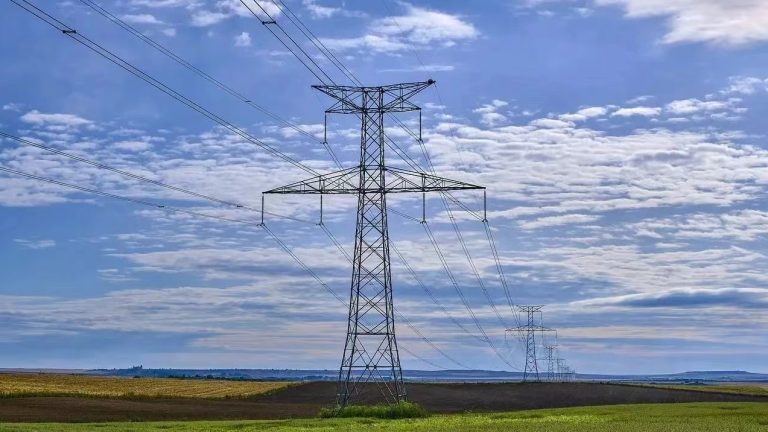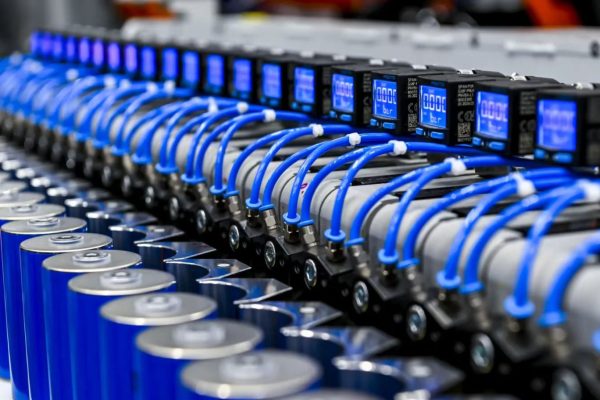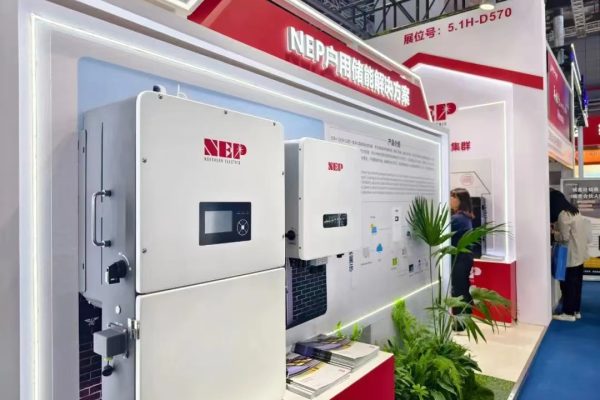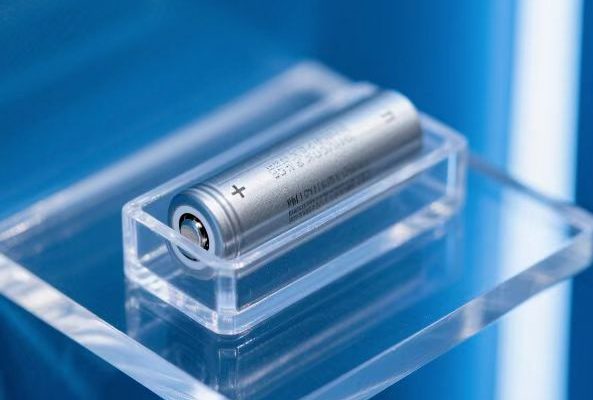Avoiding Costly Errors in Commercial & Industrial-Scale ESS Projects
As energy storage systems (ESS) scale beyond residential sizes—particularly above 50kWh—design decisions become significantly more complex. For small-to-medium installers and exporters, these mid-scale systems are a growing opportunity but also a potential risk if poorly designed.
Here are the most common design mistakes we’ve observed in 50kWh+ systems, especially in commercial, light industrial, and rural electrification settings—and how to avoid them.
⚡ 1. Underestimating Load Profiles and Peak Demand
Mistake: Designers focus only on total kWh capacity, without matching inverter or battery output to the customer’s actual peak load.
Why It Matters:
- A system may have enough energy (kWh) but fail to deliver enough power (kW) when needed.
- Inverters may shut down or batteries may limit output if the load spikes above rated capacity.
Fix:
- Always gather 24-hour load profiles.
- Calculate both average and peak demand.
- Size inverters and battery output accordingly (e.g., multiple 10kW inverters, not one 5kW unit).
🔥 2. Ignoring Thermal Management
Mistake: Battery racks and inverter rooms are installed in poorly ventilated or enclosed spaces.
Why It Matters:
- Heat buildup can shorten battery life and trigger BMS shutdown.
- Inverter efficiency and lifespan also drop in high temperatures.
Fix:
- Ensure active or passive cooling for indoor installs.
- Keep temperature below 35°C for lithium battery rooms.
- Leave adequate spacing between battery cabinets and walls.
⚙️ 3. Improper Battery Bank Configuration
Mistake: Mismatching multiple battery racks without considering BMS communication, current balancing, or protection coordination.
Why It Matters:
- Uneven current sharing causes stress on one pack, leading to early failure.
- Some systems lack proper master-slave logic or fail to isolate a bad module.
Fix:
- Always use same-brand and same-model battery racks in parallel.
- Confirm support for parallel BMS communication.
- Use current balancing busbars and breaker protections per string.
💻 4. Oversimplifying EMS Setup
Mistake: The Energy Management System (EMS) is poorly configured, or basic inverter timers are used instead of a dedicated EMS.
Why It Matters:
- Without proper scheduling, batteries may charge during expensive grid hours.
- Solar may curtail even when load demand is present.
- No optimization for backup reserve or diesel coordination.
Fix:
- For systems over 50kWh, use an external EMS or advanced inverter EMS.
- Set TOU-based schedules for charge/discharge.
- Include remote control capability via RS485 or cloud platform.
⚡ 5. Undersized or Oversized Inverter Capacity
Mistake: Inverters are either too small (causing overloads) or too large (wasting budget and reducing efficiency at low loads).
Why It Matters:
- Undersized: Can’t meet peak load or start motors.
- Oversized: Runs inefficiently and may not sync well with grid.
Fix:
- Balance inverter sizing with both daytime solar load and battery discharge profiles.
- In multi-inverter setups, enable dynamic sharing or staggered startup.
🛠️ 6. Overlooking Local Grid Compliance
Mistake: Exported systems fail local certification (e.g., grid codes, frequency response, anti-islanding).
Why It Matters:
- Rejected installations or delayed approvals.
- May require retrofitting or software updates.
Fix:
- Use certified hybrid inverters with country-specific grid profiles.
- Confirm compliance with local standards (e.g., UL1741, NRS097, G99).
- Prepare an adjustable firmware setup or remote config interface.
🔋 7. Insufficient Safety and Fire Protection
Mistake: No smoke sensors, fire blankets, or disconnect protocols in place.
Why It Matters:
- Safety risks increase with large energy storage volumes.
- Insurance and local codes may require mitigation measures.
Fix:
- Add smoke detectors and temperature alarms in battery room.
- Use DC disconnects per rack.
- Include emergency shutdown switch easily accessible from outside.
📐 8. Neglecting Documentation and As-Built Drawings
Mistake: System shipped or installed without clear wiring diagrams, communication maps, or labels.
Why It Matters:
- Field service becomes difficult.
- Installers or technicians may misconnect communication cables or polarity.
Fix:
- Always include:
- Single-line diagrams (SLDs)
- Battery and inverter comm layout
- QR-coded labels on ports and breakers
- Quick start guide in system box
📦 Exporter Checklist: Selling 50kWh+ Systems as a Package
For exporters working with overseas installers, here’s what to prepare:
| Component | Recommendation |
|---|---|
| Inverter | Pre-programmed with grid profile, labeled ports |
| Battery | Modular racks (10–15kWh units) with CAN support |
| EMS | Built-in or plug-and-play device |
| Manuals & Drawings | Physical + digital, in installer’s language |
| Spare Parts | Include fuses, fuses holders, and comm cables |
| Commissioning Guide | Step-by-step with screenshots |
Designing 50kWh+ systems is not just about stacking batteries—it’s about systems engineering. Whether you’re an installer or an exporter, avoiding these common mistakes means:
- Fewer support calls
- Higher system uptime
- Better client trust
- Repeat business
As the global demand for commercial-scale storage grows, your ability to deliver reliable, well-documented systems will be your competitive edge.









